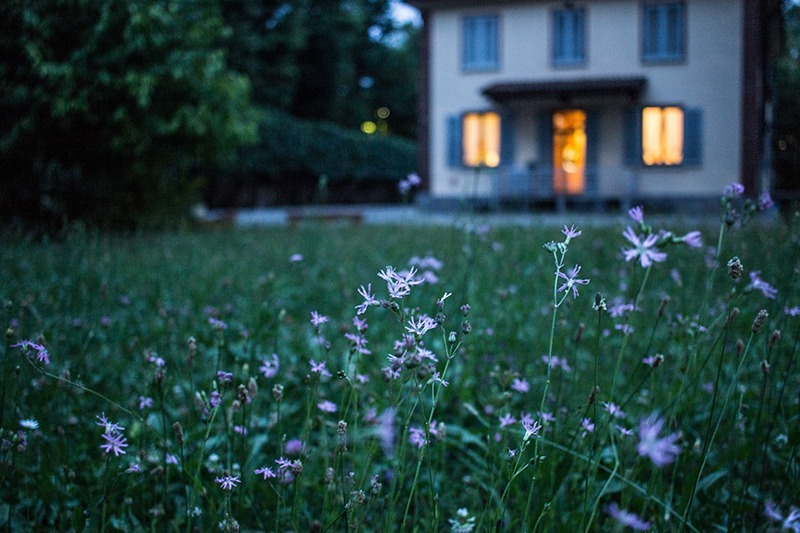by Kayla Sawyer. This article originally appeared on the NICOA blog.

Expanding affordable homeownership is a central component to sustainable economic and community development. Yet on many reservations, homeownership remains an unexplored option. For several generations, housing stock on American Indian reservations has been limited and deficient, adding to the already dire housing crisis throughout Indian Country.
According to the Census Bureau, in 2016, just 52.9 percent of all Native people were homeowners, down from 55.5 percent in 2000. Yet in tribal areas, 75 percent report a strong desire to own their home.
The Tribal Leaders Handbook on Homeownership provides a comprehensive guide to creating diverse housing choices for Native communities and to understanding the lending process in Indian Country. It provides a comprehensive overview of the mortgage lending process, addresses challenges to homeownership on trust lands, and includes “best practice” case studies that show how tribes overcame those obstacles through innovation and perseverance to create homeownership in their communities.
The Center for Indian Country Development and the National Native Homeownership Coalition have also launched the Native Housing and Homeownership Resource Clearinghouse, giving Indian Country tools to advance real change. Supplementing the Tribal Leaders Handbook on Homeownership, the Clearinghouse provides essential information on successful homeownership programs across Indian Country as well as loan programs, mortgage documents, tribal laws, videos and webinars.
The opinions expressed in this article are those of the author and do not necessarily reflect those of the Diverse Elders Coalition.
